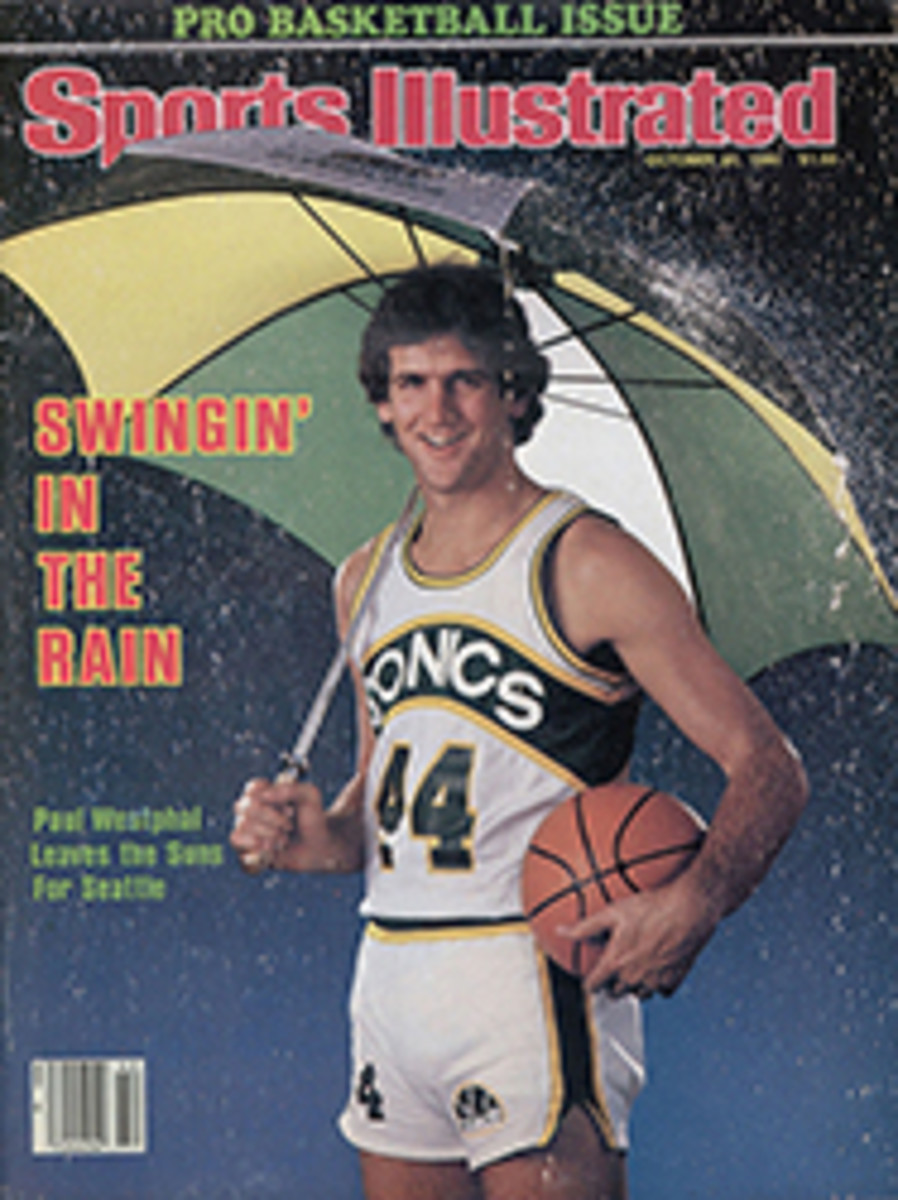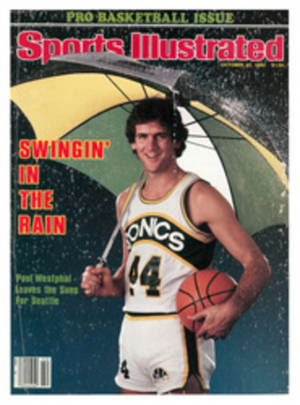
WBL
Bouncing checks. Overcrowded hotel rooms. All-night bus rides. Empty arenas. So it went during the first two seasons of the Women's Professional Basketball League. That nine teams have made it this far is a tribute to their tenacity. Now in its third—and most crucial—season, the WBL is fighting outside competition while seeking inner stability and offering something for almost everyone. Consider this: the collegiate Players of the Year the past three seasons, Carol (The Blaze) Blazejowski (1978) and Nancy Lieberman (1979-80), will be making their debuts; there is a new woman coach, Kathy Mosolino, in New Jersey; and San Francisco will have a cheering section of gay fans. Yes, ma'am, something for everyone.
Before joining the Gems, Mosolino coached at Fordham, which she intrepidly moved from the small college to Division I ranks in 1978 after she learned that the Rams had been chosen to host the AIAW East regionals. Under her guidance, the Rams advanced to the regional finals. Mosolino is taking another risk in leaping to the pros. Julia Yeater is the only other woman to have infiltrated the WBL coaching ranks, having guided Minnesota during the early phases of the 1978-79 season and the defunct Milwaukee Does late last year. "There aren't many of us, because most women don't want to put themselves into that kind of pressure situation," says Mosolino. "Sometimes, the disappointments are just too much to take."
Mosolino should be relatively free of disappointment this season. Her Gems should be genuine now that Blazejowski has finally joined the team. Blaze sat out last season to play on an Olympic team that, of course, didn't play. The boycott hurt the league because the players would have benefited from the national television exposure the Olympics have always provided. The Gems have another disappointed Olympian in 5'6" Guard Tara Heiss.
Two other former Olympians joining the league aren't disappointed at all. Lieberman, a 5'11" guard-forward who was a leading member of the 1976 team, signed a two-year, $100,000 contract with Dallas in September. The league's second biggest contract—a two-year, $52,000 deal with Chicago—belongs to 6'5" Center Inge Nissen, Lieberman's former teammate at national champion Old Dominion. Nissen earlier played on the 1976 Danish Olympic team.
Salaries like these are risky in a league that saw some teams run up deficits as large as $300,000 in 1979-80. Since late last season, two teams (Dallas and Milwaukee) have been sold; one owner, Larry Kozlicki, dissolved one franchise (California) and organized another (Nebraska); and four clubs (Milwaukee, two-time finalist Iowa, 1979 champion Houston and 1980 winner New York) have suspended operations. The nine remaining owners are confident that there will not be a repeat of last season, when two teams, Philadelphia and Washington, folded in mid-year. "Any team that starts this year will not fold," says Jersey General Manager Ed Cosner. "We required that everybody show us that they had the wherewithal to get through. We had gotten tired of carrying the weak sisters around."
The WBL will allow the four dropouts to remain shut down for this season in order to refinance. Their players, meanwhile, have become free agents and are eligible to sign with other teams. "I'll get the team back like repossessing a car," says Iowa owner George Nissen. "Unfortunately, the car may come back without wheels or a motor."
Despite the league's myriad problems, a western competitor has been formed that is eager to take the WBL's place or at least force a merger. With teams in Phoenix, Tucson, Albuquerque, San Jose, Oakland and Orange County (Calif.), the Ladies Professional Basketball Association figures to avoid the steep travel expenses that have hurt the WBL.
The LPBA has held its own collegiate and free-agent drafts and spent the summer wooing, with some success, players from the WBL. The prize catch was Iowa's blonde bomber, Molly (Machine Gun) Bolin, a 32.8-point scorer and last season's WBL co-MVP with New Jersey's Ann Meyers. Irritated by Iowa's unwillingness to renegotiate her $20,000 salary, Bolin took the Southern California Breeze's money ($30,000 per year) and ran. "A lot of WBL owners just got in over their heads," says Bolin. "They tried to be too big too fast and thought that spending a lot of money would make them a big league. Heck, what it made them was broke."
With four teams out and San Francisco the only club west of Minneapolis, the WBL has come up with a strange divisional alignment. Four teams—Chicago, St. Louis, Minnesota and Nebraska—make up the Central Division. San Francisco, Dallas, New Orleans, New Jersey and the expansion Tampa Bay Sun form the Coastal Division. The Tampa Bay owner is former WBL Commissioner Bill Byrne, who resigned last month to view this madness from a different perspective. Last year's expansion team, St. Louis, averaged only 1,600 a game, but minority owner Harry Wald knows all about promoting from his days as a St. Louis burlesque show operator. The Streak has sold more than 2,200 season tickets so far, compared to only 22 last year. Things are looking up on other fronts, too. All of the league's teams have radio contracts, and everyone except Chicago will have some games on television. The league's big winner on the court should be the Gems, who are favored to bring the championship trophy across the Hudson from New York.
ILLUSTRATION
RICHARD ANDERSON
Mosolino: the only woman coach in the WBL.

